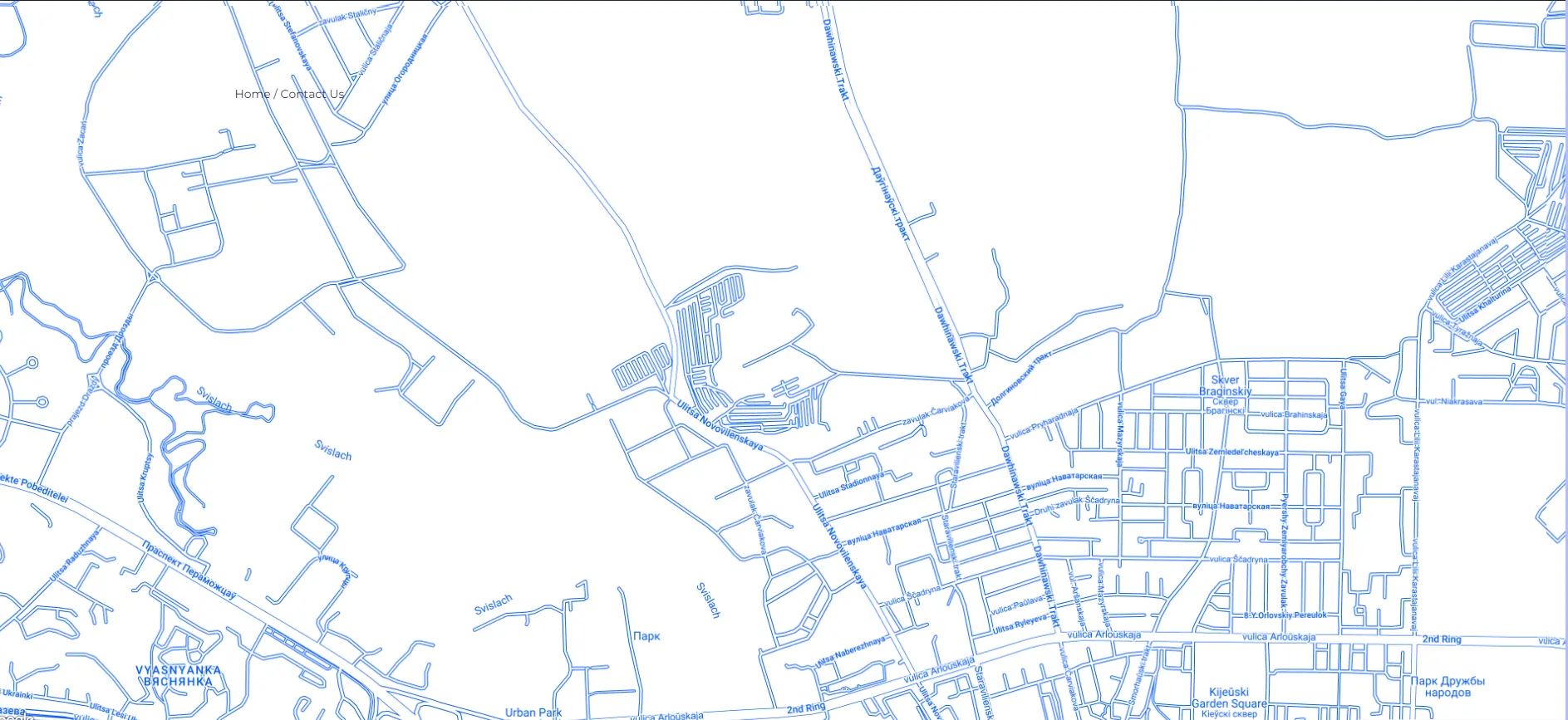When Can a Company Pay Dividends
Table of Contents
In the business world, dividends are critical to attracting and retaining investors. They are evidence of the company’s financial health and ability to generate profits. However, dividend payment is not automatic and depends on many factors. This article is devoted to the conditions and circumstances under which a company may decide to pay dividends to its owners and shareholders and the circumstances under which a company should not pay dividends.
What payments are considered dividends
Dividends are the distributed profit of the company, which remains after taxes and closing losses that the company caused.
Formally, only joint-stock companies pay dividends to their shareholders. Other companies—limited liability companies and additional liability companies—distribute profits among the owners in proportion to their shares in the company’s authorized capital. For convenience, we will call all these payments dividends.
Business owners need to understand the differences in the order of dividend payments to shareowners and owners of non-joint-stock companies.
Why is it essential for companies to know about the rules for paying dividends
Knowing the payment rules is essential for every company that strives to maintain its financial stability and attractiveness in the market.
Firstly, a proper dividend policy helps establish trusting relationships with shareholders, as regular payments serve as a sign of stability and confidence in the business’s future prospects.
Secondly, understanding the rules allows companies to manage their cash flows effectively. Assessing the company’s financial condition and capabilities before paying dividends avoids a lack of liquidity and economic difficulties.
In addition, knowledge of the legislation and regulations governing payments helps to avoid legal problems and potential fines. Proper compliance with these rules is essential to maintain the company’s reputation and attract new investors.
Dividend policy is not only a matter of finance but also a strategic tool that can influence the overall corporate tactics and image of the company in the market.
When is it possible to pay dividends in a joint-stock company
A joint-stock company must distribute profits among the owners of preferred shares, pay them dividends, and pay dividends to the owners of ordinary shares. The peculiarity of preferred shares is that they confirm, in particular, the right of the owner of shares to pay dividends in a fixed amount and do not give the right to participate in the general meeting of shareholders with the right to vote.
A list of shareholders who are entitled to receive dividends is compiled in a joint-stock company.
Dividends are paid according to the decision of the general meeting of shareholders and a local document of the company, which was approved by the meeting of shareholders. The decision or a local document establishes the procedure for distributing and paying dividends, including the deadline for their payment.
When a joint-stock company does not pay dividends
The decision of the general meeting on the payment of dividends is not executed; such a decision is not made when the following obstacles appeared at the time of its adoption or payment of dividends:
1. The authorized capital of the joint-stock company has not been fully paid. The minimum size of the authorized capital for an open joint-stock company is about 4,500 euros and for a closed joint-stock company, about 1,100 euros. A larger size of the authorized capital may be prescribed in the company’s charter.
2. The payment of dividends will reduce the value of the company’s net assets to less than the authorized capital and reserve funds. Net asset value is the difference between the value of assets (property, investments) and the value of the company’s liabilities.
3. The value of the company’s net assets is less than the amount of the authorized capital and reserve funds.
4. When a company is threatened with bankruptcy due to debts to creditors.
5. When the company did not pay off the shareholders for the shares bought from them.
When are dividends paid in a joint-stock company?
The data of the interim accounting (financial) statements allow the joint-stock company to decide on the payment of dividends for the first quarter, six months, and nine months. Dividends for the year are paid based on the data of the annual accounting (financial) statements.
The term of dividend payment on preferred shares and ordinary shares is determined in the joint-stock company’s charter. If the charter does not specify a deadline for dividend payment on ordinary shares, dividends are paid by decision of the general meeting of shareholders no later than 60 days from the date of such decision.
When is it possible to pay dividends in limited and additional liability companies
Dividends can be paid in LLC and ODO when the company has a profit after taxes, mandatory payments, covering losses caused by the company and deductions to the company’s funds (if they are created). The amount of profit distributed among the company’s owners as dividends is determined by the company itself. You can distribute not all of the profit but part of it. The amount of the part of the profit that will be distributed among the owners is determined in the company’s articles of association or the decision of the general meeting of participants.
Dividends are paid by the procedure defined in the company’s articles of association in proportion to the size of the shares of the company’s owners in the authorized capital. If such an order was not defined in the articles of association during the state registration of the company, you can:
Option 1
Add amendments to the articles of association regarding the timing and procedure for paying dividends to the company’s participants.
Option 2
Do not amend the articles of association; in this case, the payment period for distributed profits is no longer than 60 days after the general meeting decides on the distribution of profits.
How often can I pay dividends in an LLC (ODO)
The General Meeting decides on the distribution of profits at least once a year. Therefore, the company’s owners can receive dividends at least once a year. However, the distribution of profits is not equal to the payment of dividends.
It is possible to determine in the company’s articles of association that dividends are paid more often, for example, monthly, quarterly, half-year results and with other frequency.
The charter states that the frequency of dividend payments is regularly determined by the general meeting of participants, etc.
When the general meeting of participants should not decide on the distribution of profits and payment of dividends
The owners of the company do not decide on the payment of dividends, and if the decision has already been made, the company does not pay them in the following circumstances:
1. The company’s authorized capital has not been fully contributed. The minimum size of an LLC’s (ODO) authorized fund is not set; the size of the authorized fund is determined in the company’s articles of association.
2. The person who resigned from the company’s ownership has not been paid the actual value of his share.
3. When there are grounds for company bankruptcy due to accounts payable.
4. When, after the payment of dividends, there will be grounds for the company’s bankruptcy due to accounts payable.
5. When, at the time of the decision to pay dividends, the value of the company’s net assets is less than the amount of the company’s authorized and reserve funds.
6. When, as a result of dividend payments, the value of the company’s net assets becomes less than the amount of the company’s authorized and reserve funds.
If the decision to pay dividends was made before these circumstances arose, the company is obliged to pay dividends after these circumstances cease.
How can we help decide on the payment of dividends
Our lawyers are experienced specialists in the field of corporate relations. We can:
- Advise you on the issues of registration and payment of dividends in a joint-stock company, a limited liability company, and a company with additional liability.
- Explore the possibilities of paying dividends based on your company’s documents and provide you with an opinion.
- Issue a package of documents on the procedure for paying dividends.
- Represent your interests in government agencies.
Contact us
If you have any questions or disputes regarding dividends, we will be happy to help! Our long-term experience in divident payment will help you resolve any disputes in this area.
- +37529142-27-19 (WhatsApp, Viber, Telegram);
- info@ambylegal.by.




